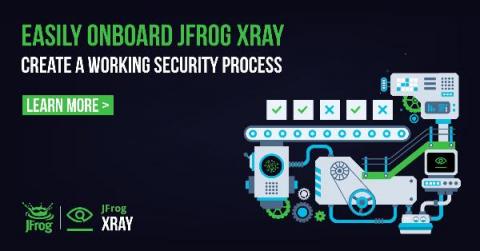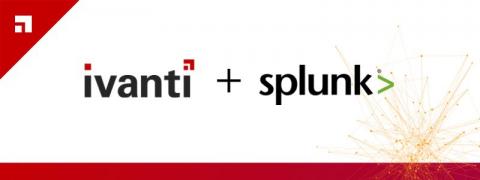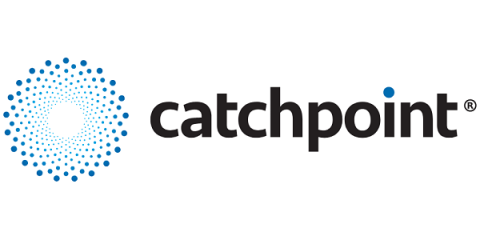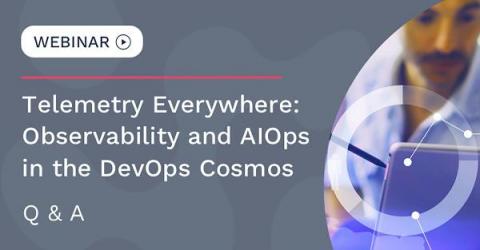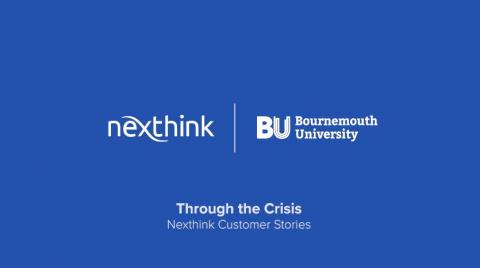Operations | Monitoring | ITSM | DevOps | Cloud
Latest Posts
Best Practices for Onboarding JFrog Xray
Ivanti Integrates Ivanti Neurons Platform with Splunk Security Operations Suite
We have unveiled several exciting announcements recently, from the launch of Ivanti Neurons to all of our strategic partnerships and integrations (see the details on Intel and Qualys). In fact, we have had so much content to announce that we've needed to create a whole new blog category! But this train is not slowing down any time soon.
DNS Monitoring 101 - Troubleshoot Anycast DNS Issues
Today’s Tip of the Day is the final of three focused on Domain Name System (DNS) monitoring. In the rest of the series, we looked at how digital experience monitoring (DEM) can (i) help ensure users are served by the correct DNS server to reduce latency and (ii) help to guard against DNS-related attacks. In today’s post, we talk about Anycast DNS, the advantages it provides, the challenges it presents in relation to troubleshooting DNS issues, and how to overcome them with Catchpoint.
Service monitoring and availability made simple with Elastic Uptime and Heartbeat
In the world of IT, availability can mean a lot of things. Your website is available if it is up, responding in a timely manner, sending the correct headers, and serving a valid certificate. Your network is available if the correct hosts are online, responding to ICMP pings, and responding to TCP requests on specific ports. Your API endpoint is available if it returns the correct values when sent specific requests.
Optimizing costs in Elastic Cloud: Availability zones and snapshot management
Welcome to another blog in our series on cost management and optimisation in Elasticsearch Service. In previous installments, we looked at hot-warm architecture and index lifecycle management as ways of managing the costs associated with data retention and at managing replicas as a means of optimising the structure of your Elasticsearch Service deployment. Be sure to check out the other blogs in the series for additional tips to help you as you build out your deployment.
Telemetry Everywhere: Observability in the DevOps Cosmos
Rockets constantly blast off into space headed towards planets, aiming to create shiny new stars, while meteors whizz by them, threatening their journeys. That’s how global DevOps expert Helen Beal describes the complicated and risky universe of DevOps practitioners and SRE teams. The rockets are these teams’ frequent code releases. Planets represent customers that benefit from the value — stars — created by these launches.
The Cloud - A sellers' perspective on a hot topic.
I have worked at Virtana for nearly 9 years. During that time, I have had the pleasure to interact with customers, prospects, and partners around the world. The types of conversations I have participated in have dramatically shifted during that time. Back in September 2011, the dialogues were largely focused on Storage Area Network (SAN) infrastructure, and how Virtana could provide performance assurances targeted at this environment. Over time, the conversations have broadened dramatically.
Sumo Logic Achieves FedRAMP-Moderate "In Process"
Through the Crisis: Nexthink Customer Stories (Bournemouth University)
Across almost all industries, IT’s focus has shifted from WFH (Work From Home) to WFA (Work From Anywhere). Some businesses and organizations might be further along in facilitating flexible work, but it seems like everybody is instinctively starting to rethink both their short and long term management strategies.



